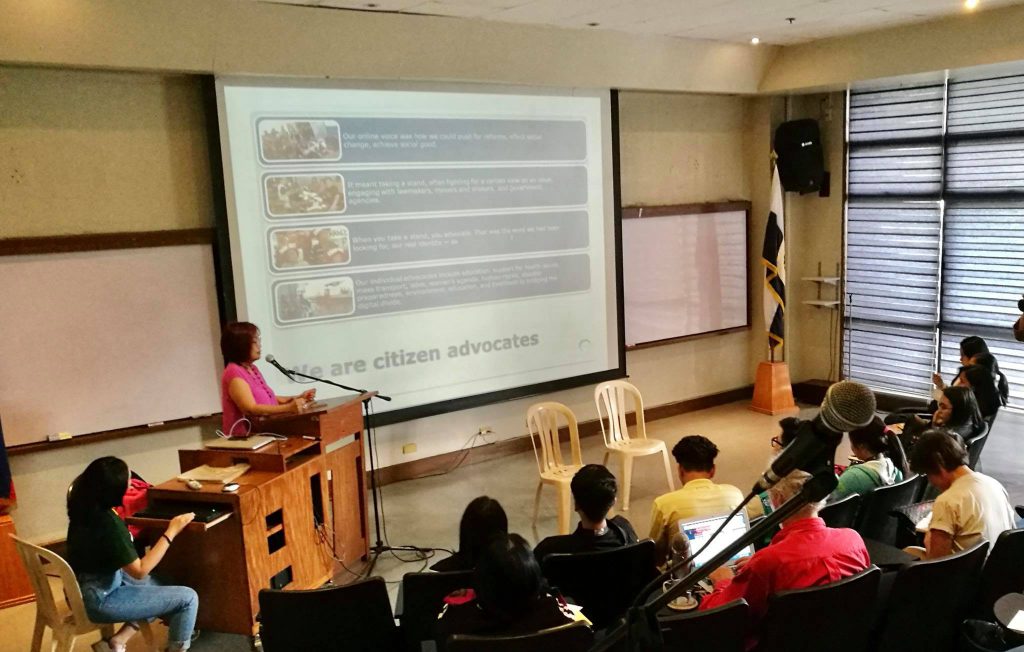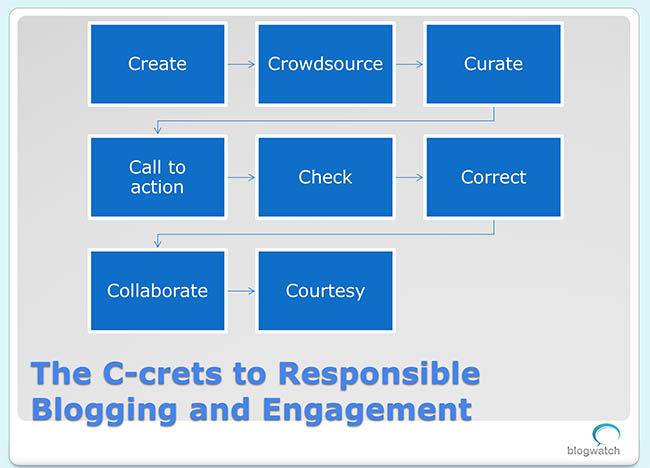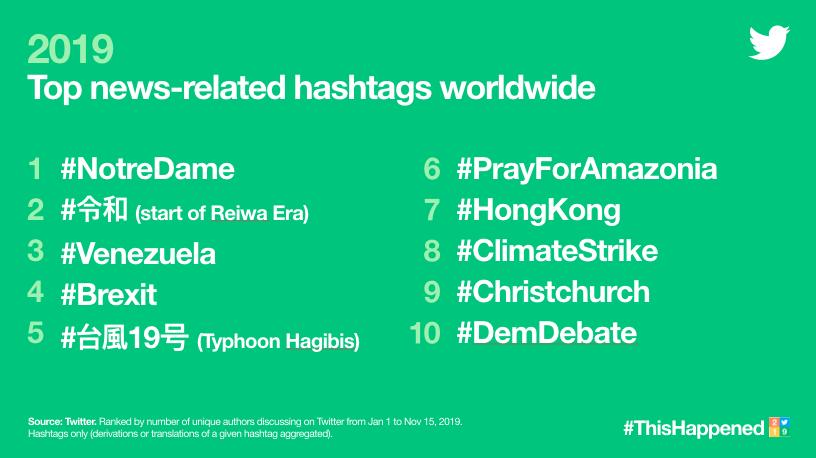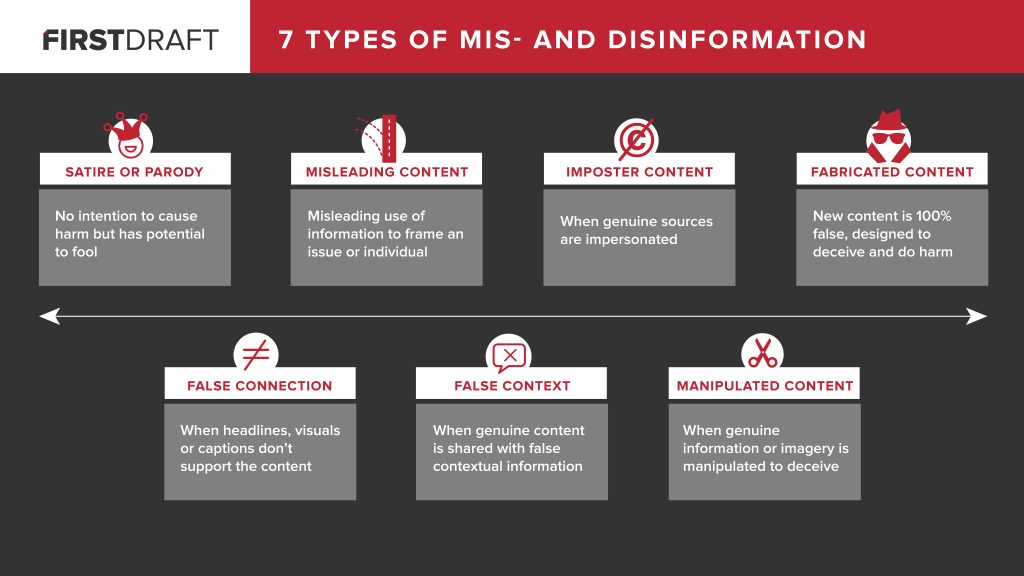Blogging for social good: 8 tips to responsible blogging and engagement
To curb the spread of disinformation or fake news, I do my share as a blogger by writing articles of national interest and those that educate the users of social media platforms on its judicious use .
READ: How to stop the spread of fake news. is legislation the proper remedy?
Nothing makes my online life more relevant than using social media for social good and maximizing personal and collective social media capital for social change. Being responsible. Being vocal. Taking a stand on issues. Exposing corruption and incompetence. Making politics work for the country, especially the voiceless, poor and marginalized. And using social media to help achieve these. Blogging for social good is just one of the many ways to effectively use social media. At the recent “Democracy and Disinformation” Conference held last February 12-13, BlogWatch had the opportunity to organize a workshop for some of the participants. I conducted the “Blogging for Social Good” while Jane Uymatiao showed how citizen engagement worked.
BlogWatch began in November 2009 as a group of independent-minded bloggers and social media users helping with voter education. It has since evolved into a nonpartisan group of citizen advocates who engage government and the private sector, online and offline, for social good. In a capsule, this is who we are.
- Our online voice was how we could push for reforms, effect social change, achieve social good.
- It meant taking a stand, often fighting for a certain view on an issue, engaging with lawmakers, movers and shakers, and government agencies.
- When you take a stand, you advocate. That was the word we had been looking for, our real identity — as ‘citizen advocates’!
- Our individual advocacies include education, support for health issues, mass transport, labor, women’s agenda, human rights, disaster preparedness, environment, education, and livelihood to bridging the digital divide.
We use the power of collaboration to work with fellow advocates, media organizations or even the government , to develop and promote common principles to different models of approaching the goals of an advocacy.
The 8 C-crets to responsible blogging and engagement
My 12 years experience as a blogger and nine years as citizen advocate allows me to share some tips that you might be able to use.
To simplify the tips, I categorized them into eight C’s so it is easier to remember.
- Create – What is your goal? Do you need a hashtag ? Do you need to organize a content plan or calendar? Will it be photos , blog post , or video?Message matters.Sometimes it can make your message more powerful if you can connect it to why the issue is important to you. One example is breast feeding. It is important to me because our children need the best nutrition early on. Around 16,000 babies die each year because they were not breastfed. I use the hashtag #BreastFeedingPH to push the message that “Breastfeeding is still best for babies” and to make sure that no milk formula company undermines breastfeeding.
- Crowdsource– Oftentimes, I get topic ideas from my community. Create a poll to get a pulse of the sentiments of your readers. You can also crowdsource for hashtag ideas
- Curate– When you review content from a variety of sources, gather links to those sources, share descriptions of that content, add your own commentary to that content, and publish all of those pieces in a single location, you’re curating content. I curate content from multiple sources that I trust . If I find it inaccurate , I call out the media organization. I usually put quotes in One Note as it organizes my notes into topics.
- Call to Action– Since you have a goal, ask what Call-to-Action can your readers do? Do they need to sign up, retweet, join a project or event or share your blog post. Call to action can either be online or offline activities. Citizen advocates don’t want to just take action – they want to feel part of a community that create change. Not everyone is born to be an organizer or want to participate in all activities in a community.
- Check- Review your content. Verify your sources and the facts surrounding it. Check for Libel. For an imputation then to be libelous, the following requisites must concur: (a) it must be defamatory; (b) it must be malicious; (c) it must be given publicity; and (d) the victim must be identifiable.
- Correct– Publish corrections as prominently as the original mistake was published. BlogWatch has a Corrections Policy which among others are publishing corrections at least as prominently as the original mistake was published and to make corrections quickly and candidly.
- Collaborate– Tap like minded individuals or groups to share information or achieve the goal . We reach out to fellow advocates who are passionate about the same issue was we are. Examples of such collaboration include the Reproductive Health (RH Bill) campaign, our #EpalWatch campaign, Anti-Cybercrime law. Online advocacy should integrate with offline. They go together. Meetings with stakeholders and legislators are needed to push the agenda of an advocacy.
In our #epalwatch project, a meeting with the Commission on Elections (COMELEC) paved the way for the guidelines on common areas for posters and the size of banners and tarpulins. No man is an island applies as well to a community. One needs to collaborate and amplify personal connections. Don’t just broadcast. Take action. Provide content to match the media like twitter, facebook , instagram, tumblr, The positive gains of #epalwatch was realized because of the collaboration with No More Epal Facebook group , Juana Change and Carlos Celdran.
- Courtesy– Sometimes we don’t agree on certain issues but we try not to argue online. We agree to disagree. If you disagree with a friend, talk in private or take it offline. Also, trolls can be so annoying so when they go low, go high. Don’t go to their gutter level.
Blog Watch will continue to be a witness, a participant and a driving force in the evolution of a culture of powerful citizens’ advocacy as we continue to bridge the digital divide.
The future of the Philippines depends on what we, citizens can do today.
Do you want to blog to drive social change for good?







